-¬сегда под рукой
-—сылки
-–убрики
- —воими руками (в€зание, вышивка, прикладное (2170)
- ∆урналы по в€занию (163)
- ѕлать€, юбки, сарафаны (149)
- Ѕижутери€, украшени€. (148)
- офточки, топы, майки (105)
- ƒекор дл€ дома (95)
- ћэбэл (89)
- ∆акеты, кардиганы, пиджаки, пончо (87)
- ƒл€ любимых ножек (84)
- ѕуловеры, джемпера, свитера (78)
- ¬€заные комплекты (74)
- Ўарфы, шраги, палантины (73)
- ”зоры, схемы (70)
- ”роки по в€занию (57)
- ƒетское (46)
- ¬€заные игрушки (40)
- √етры, носочки, чулочки (38)
- Ќакидки, палантины, шали, болеро (34)
- √оловные уборы (32)
- “уники (31)
- –аботы рукодельниц Ћиру (когда руки —¬ќ»!) (29)
- ¬ышивка (26)
- ћужское (26)
- упальники (25)
- –едкие техники (19)
- ∆илеты (15)
- реатив (11)
- ѕальто, куртки (8)
- ¬ал€ные грушки (7)
- “ерминологи€ в€зани€, словари, расшифровки схем (7)
- –укавички, перчатки, митенки (4)
- ƒл€ животнама) (4)
- ћашинное в€зание (4)
- Ѕрюки, шорты, капри, бриджи (2)
- ¬кусности (1257)
- ƒесерты (136)
- «акуски (111)
- —алаты (90)
- ¬ыпечка (87)
- ћ€сные (70)
- «аготовки (67)
- “орты, пироженные, печенье (61)
- ќвощные блюда (47)
- ќ продуктах (42)
- Ќапитки (42)
- —оусы, дрессинги (27)
- ћорепродукты и рыба (24)
- «апеканки (23)
- —ервировка стола (19)
- ’леб (18)
- ѕаста (макароны) (15)
- Ќациональна€ кухн€ (14)
- —упы (14)
- ƒомашнее (антимагазин) (14)
- Ќа гриле (11)
- ¬торые блюда из теста (10)
- улинарные книги (журналы) (7)
- –ецепты дл€ хлебопечки (7)
- ќт шеф - повара (6)
- ¬идео - рецепты (4)
- ѕостные блюда (2)
- Ѕарахолка (942)
- јнимаци€ (211)
- омментарии с кодами (147)
- ‘леш (98)
- „асики (33)
- –амочки (20)
- —майлы - комментарии (19)
- –азделители (16)
- ‘оны (11)
- јвторска€ анимаци€ (Nikash) (7)
- Ўитье (581)
- ѕеределки (127)
- ѕлать€, юбки, сарафаны (90)
- ƒекор (84)
- »грушки (33)
- Ўторы (27)
- ƒетское (23)
- “опы, майки, кофточки (12)
- ∆урналы (10)
- Ќижнее белье (7)
- Ѕрюки, шорты, капри, бриджи (6)
- √оловные уборы (4)
- ћужское (4)
- Hand made. (481)
- hand made на праздники (97)
- ƒекор (82)
- ѕанно, сувениры, поделки (78)
- ÷веты (бумага, кожа, ткань) (29)
- ”паковка (27)
- ƒекупаж (22)
- ѕлетение из газет (21)
- ќткрытки (16)
- ∆урналы по прикладному (плетение, сувениры) (11)
- Ўебби - шик (9)
- ћыловарение (9)
- ѕолимерна€ глина, соленое тесто и все такое) (6)
- ћодульное оригами (6)
- ћонигами (4)
- Ѕукеты из конфет (1)
- »нтарси€ (выпиливание из дерева разных пород) (1)
- —умки, сумочки, сумульки) (271)
- ј«Ѕ” ј Li.ru (228)
- ƒиеты (215)
- Photoshop и все, что с ним св€зано (204)
- ”роки. (54)
- исти (34)
- јнимаци€ (уроки) (17)
- ¬идеоуроки Photoshop (10)
- ћои уроки (3)
- ћой авторский перевод уроков (2)
- расотища! (174)
- “ело королевы! (75)
- ¬олосы (32)
- –учки (5)
- Ќожки (1)
- »нтерьер (165)
- Ѕлоговедение (147)
- «аработок в сети, монетизаци€, —≈ќ (41)
- ѕартнерки (35)
- ¬идеоуроки (1)
- ‘ото (141)
- ‘удстиль и фудстилисты (8)
- »нтересности (124)
- “есты (41)
- омпьютерные проги, виджеты и т. д. (117)
- ’удожники (104)
- ќбучалки (101)
- »ллюстрации и иллюстраторы (98)
- ќткрытки (20)
- Ѕла - бла - бла... (96)
- ћода (96)
- Ќужные сайты (90)
- липарт (80)
- —оветы, рекомендации, техники (69)
- Homo Sapiens (64)
- ѕсихо... (12)
- ќтцы и дети (10)
- ƒизайн (63)
- «вездна€ пыль (гороскоп) (61)
- √алопом по ≈вропам и другим территори€м (61)
- —ад, огород, ландшафтный дизайн (53)
- арвинг и украшение блюд (53)
- ÷э смишно! (52)
- ”крашательства (цветы) (48)
- ‘отохудожники (42)
- ¬еликий и могучий! (интернет) (41)
- –азвлекалки (32)
- ≈Є величество реклама (31)
- html (30)
- јвтострасти и не только (30)
- “ехники в€зани€ (22)
- »нновации, технологии (22)
- »скусство (18)
- «доров будь! (17)
- Ќародна€ медицина (1)
- Sothink SWF Easy (14)
- ¬идео (14)
- «веринец (13)
- —качать!!! (12)
- ниги (5)
- ћузыка (10)
- «олота€ лихорадка (9)
- Ћингво (8)
- Ўрифты (2)
- ƒл€ друзей! (7)
- CorelDRAW и все, что с ним св€зано (7)
- CSS (7)
- »нфографика (6)
- унсткамера (6)
- –исование (ћ , уроки) (5)
- –оспись (1)
- Flash - уроки, теори€ и практика (4)
- ’оз€йский уголок (2)
- ќнлайн игры (2)
- WEB (2)
- Adobe illustrator (уроки, статьи, обучалки) (1)
-ћузыка
- Deep Purple - Soldier Of Fortune
- —лушали: 21490 омментарии: 7
-ѕоиск по дневнику
-ѕодписка по e-mail
-—татистика
«аписей: 9976
омментариев: 18876
Ќаписано: 35675
«аписи с меткой шитье
(и еще 843004 запис€м на сайте сопоставлена така€ метка)
ƒругие метки пользовател€ ↓
hand made hand made diy meta tag аксессуары анимаци€ видео вторые блюда выкройка выкройки выпечка в€зание декор десерт диета дизайн дизайн интерьера журналы по в€занию закуски игрушки интерьер комментарии креатив крючком кулинари€ кулинари€. рецепты мебель мк модели описание пасха переделка платье рецепты рукоделие рукоделие. в€зание с кодом своими руками сумка сумки схема схемы украшени€ уроки фото фотографи€ фотошоп художники цветы шитье
»деи кухонных фартушков) ѕросто прелесть какие! |
Ёто цитата сообщени€ Ќаталь€_“ав [ѕрочитать целиком + ¬ свой цитатник или сообщество!]
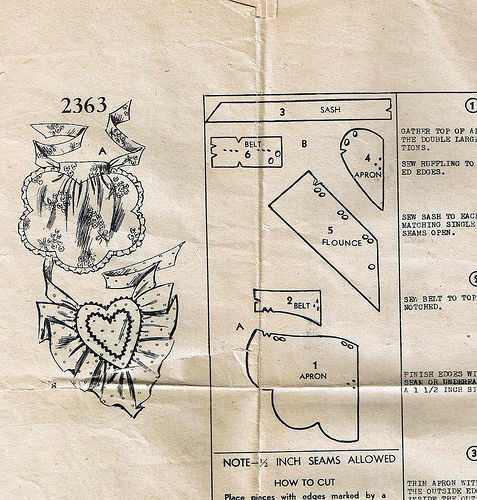

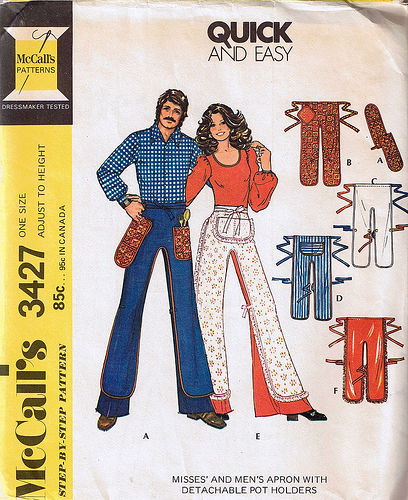

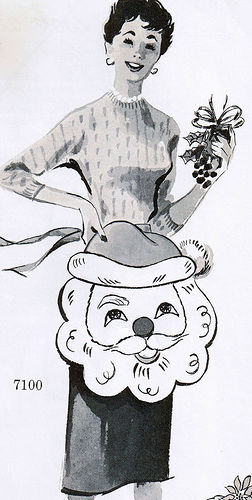

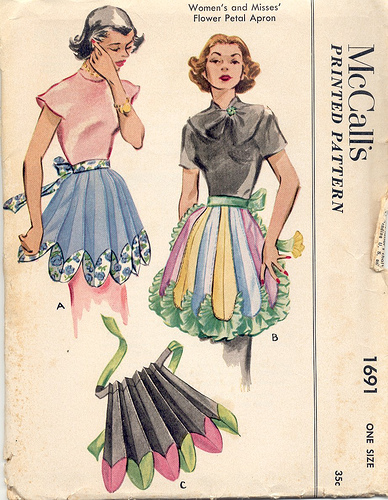

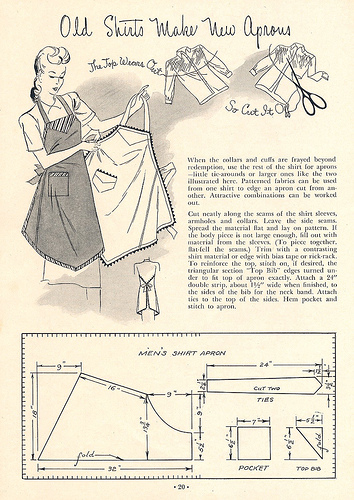

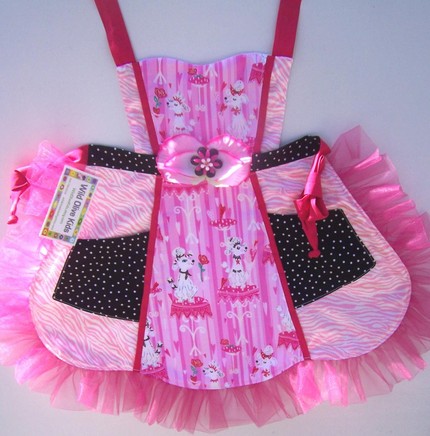
ћетки: рукоделие своими руками шитье фартухи |
—умочка дл€ невесты или на выпускной. ћ |
ƒневник |
ћетки: рукоделие своими руками шитье сумочка дл€ невесты или выпускного |
¬местительный кошелечек. ћ |
Ёто цитата сообщени€ lorashar [ѕрочитать целиком + ¬ свой цитатник или сообщество!]
http://gallery.ru/watch?a=0dB-gALg
—ери€ сообщений "сумки":
„асть 1 - —умки из джинсов.
„асть 2 - ћастер-класс по шитью сумки с трем€ отделени€ми.
...
„асть 22 - Ћоскутные сумки в технике Crazy.
„асть 23 - осметички-кисы.
„асть 24 - Ўьем кошелек.
ћетки: рукоделие своими руками шитье ¬местительный кошелечек. ћ |
ѕростой шарфик) |
ƒневник |
|
ћетки: рукоделие своими руками шитье шарфик |
—алфетка "ћорковка". Ўита€ (без перевода) |
ƒневник |
Materials
Quilt Designer: Shelley Robson of The Quilted Forest
From Quilts and More, Spring 2006
1/2 yard of backing fabric
1/8 yard each of seven assorted orange prints for table runner top
18x22" piece (fat quarter) of mottled orange for binding
2 -- 18x22" pieces (fat quarters) of assorted green prints for stem
16x28" of thin quilt batting
Lightweight fusible web
Medium-weight cutaway stabilizer
Quilt basting spray (optional)
Finished table runner (including stem): 13x32-1/4"
Quantities are for 44/45"-wide, 100% cotton fabrics. All measurements include a 1/4" seam allowance. Sew with right sides together unless otherwise stated.
To order a kit of similar fabrics (all fabrics for quilt top, backing, and binding), send $24.50 ppd. to The Quilted Forest, 109 N. Clark, Forest City, IA 50436; or call 641-585-2438.
Cut the Fabrics
To make the best use of your fabrics, cut the pieces in the order that follows. Click on "Download This Project" to download the full-size patterns. (Patterns A and B will print out together as four pages and Pattern C will print out as two pages; after printing, tape sheets together on the dotted lines to make patterns.) Be sure to transfer the center positioning line onto the A fabric piece after cutting.
From backing fabric, cut:
1 of Pattern A
From each assorted orange print, cut:
2 -- 1-1/2x42" strips
From mottled orange, cut:
Enough 2-1/2"-wide bias strips to total 75" in length for binding.
From each green print, cut:
1 -- 11x16" rectangle
From lightweight quilt batting, cut:
1 of Pattern A
From fusible web, cut:
2 -- 11x16" rectangles
From stabilizer, cut:
1 -- 11x16" rectangle
Assemble and Quilt Table Runner
1. Lay the backing fabric A piece on your work surface with the right side down. Place the thin quilt batting A piece on top. (If desired, use quilt basting spray to secure the layers together.)
2. With the right side up, place an orange print 1-1/2x42" strip across the middle of the layered A pieces; one edge should run along the center positioning line and the end should extend just beyond the top of the layered A pieces. Trim the excess orange print strip just beyond the bottom edge of the layered A pieces (Diagram 1).
3. With the right side down, place a second orange print 1-1/2x42" strip atop the first strip; trim the excess strip as before. Sew together through all layers (Diagram 2). Finger-press the top strip open. (Designer Shelley Robson recommends using a walking foot attachment on your machine during the construction to avoid puckers on the quilt back.)
4. Continue adding assorted orange print strips in both directions until the layered A pieces are covered; press. Center the B template on the strip-covered A piece; trace around and cut out to make the table runner (Diagram 3).
Complete the Table Runner
1. Using diagonal seams, sew together the mottled orange 2-1/2"-wide bias strips to make a 75"-long strip. Bind table runner with 75"-long strip.
2. Following the manufacturer's instructions, press the fusible-web 11x16" rectangles onto the backs of the green print 11x16" rectangles; let cool. Peel off the paper backings.
3. Lay one Step 2 green print rectangle on your work surface with the right side down. Place the stabilizer 11x16" rectangle on top. With the right side up, place the remaining Step 2 green print rectangle on top of the layered rectangles. Following the manufacturer's instructions, fuse all of the pieces together.
4. Trace Pattern C onto the fused Step 3 rectangle, tracing the stitching line and six pleat lines. Cut out on the outer drawn lines to make the stem. Using a short, wide zigzag stitch, sew around all edges of the stem.
5. Fold the stem so a set of two pleat lines match up; pin through both pleat lines. Then press lightly to form a pleat. Repeat to fold and press a total of three pleats in the stem. Machine-baste on the marked stitching line to hold the pleats in place (Diagram 4).
6. Place the pleated stem on the wide end of the table runner so the short stem end is on the table runner and the stitching line is 1/2" from the bound edge (Diagram 5). Topstitch over the basting stitches to secure the stem to the table runner. Fold the stem in half so both portions extend above the top of the carrot shape; press lightly to complete the project.
|
ћетки: рукоделие своими руками шитье —алфетка |
—алфетка "јрбузна€ долька". Ўита€. Ќе смогла пройти мимо этой красоты) ќчень уж мило! |
ƒневник |
ћетки: рукоделие своими руками шитье —алфетка |
Burda Plus. —пецвыпуск ћода дл€ полных 2011 03 (осень-зима) |
ƒневник |
—ери€ сообщений "∆урналы":Ўитье„асть 1 - Ѕольша€ энциклопеди€ шить€. ќтлична€ книга!
„асть 2 - ћой любимый журнал PATRONES. огда нашла этот сайт обрадовалась, как дит€) ѕереводы инструкций!
„асть 3 - Burda Plus. —пецвыпуск ћода дл€ полных 2011 03 (осень-зима)
„асть 4 - ƒл€ вдохновлени€:журнальчик "Fashion To" 2011
„асть 5 - Ўитье: интересные юбочки с выкройками
...
„асть 8 - Burda style - є7 - 2012 с выкройками
„асть 9 - ¬интажный стиль. ќтличный журнал!
„асть 10 - Ѕесплатные выкройки одежды Ѕурда 4 2013 база RedCafe
|
ћетки: рукоделие своими руками шитье Burda Plus.ћода дл€ полных 2011 03 (осень-зима) |
ƒизайн квартир.Ўторы в венецианском стиле. ѕошаговое описание |
Ёто цитата сообщени€ ћарриэтта [ѕрочитать целиком + ¬ свой цитатник или сообщество!]
≈сли вы собираетесь помен€ть дизайн вашей квартиры, отделку или собираетесь сделать ремонт, обратитесь в архитектурно-строительную компанию “риан. дизайн квартир, отделка или капитальный ремонт - ее основное направление. –уководству€сь вашим бюджетом и пожелани€ми, мастера компании всегда подскажут как лучше обустроить квартиру, помогут в выборе и закупке материалов, выполн€т любой заказ быстро и по высшему разр€ду, так как хорошо знают свое дело и работают по идеально составленному плану, проверенному временем.
Ќу а шторы мы можем сшить сами. ѕредлагаю сшить штору в венецианском стиле.
Ќежна€ штора в венецианском стиле сшита из натурального светлого муслина. —обирают штору в складки, формиру€ фестоны, вертикальные полосы из разноцветного набивного атласа, заканчивающиес€ розовыми атласными бантами. репление шторы к окну спр€тано: штанга продета внутрь полосы из набивного атласа, что дополнительно придает шторе легкость и воздушность.
—ери€ сообщений "Ўторы":
„асть 1 - Ўторы своими руками
„асть 2 - Ўторы с люверсами шьем сами. ћастер-класс.
...
„асть 16 - Ўитье штор с люверсами. ћ от ≈лены равченко.
„асть 17 - ак шить римскую штору. ћ
„асть 18 - ƒизайн квартир.Ўторы в венецианском стиле. ѕошаговое описание
„асть 19 - ƒизайн интерьера: понравилась концепци€ и декор. ќбновл€ем шторы. ћ
„асть 20 - ѕринт дл€ штор. ƒелаем дамасскую штору. ћ
...
„асть 25 - —тильные шторки в детскую. ћ
„асть 26 - Ѕыстро и легко шьем простые шторы. ћ
„асть 27 - Ўьем красивые графические шторы. ћ
|
ћетки: рукоделие своими руками шитье шторы |
ѕодушки - котики) выкройки |
Ёто цитата сообщени€ ћарриэтта [ѕрочитать целиком + ¬ свой цитатник или сообщество!]
ѕрикольные игрушки! ƒевочки! то-то просил у мен€ выкройки дл€ подушек в машину...забыла кто!
ћетки: рукоделие.своими руками шитье декор дл€ дома подушки-котики |
ƒве дизайнерские юбки: от Elie Tahari и Siler Dagger. |
Ёто цитата сообщени€ Dushka_li [ѕрочитать целиком + ¬ свой цитатник или сообщество!]


ћетки: рукоделие своими руками шитье модели схемы юбки от Elie Tahari и Siler Dagger. |






































